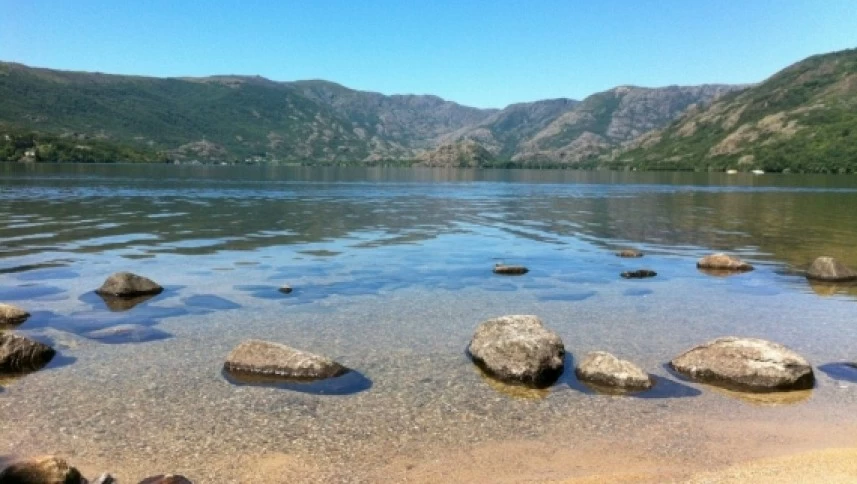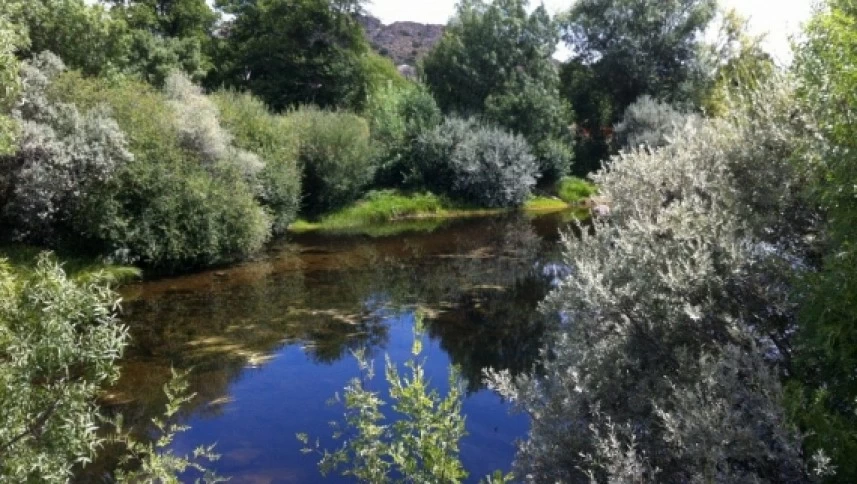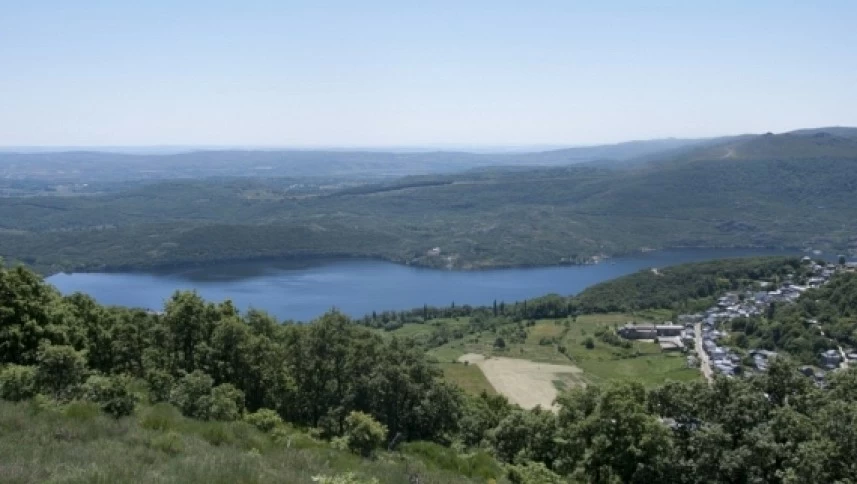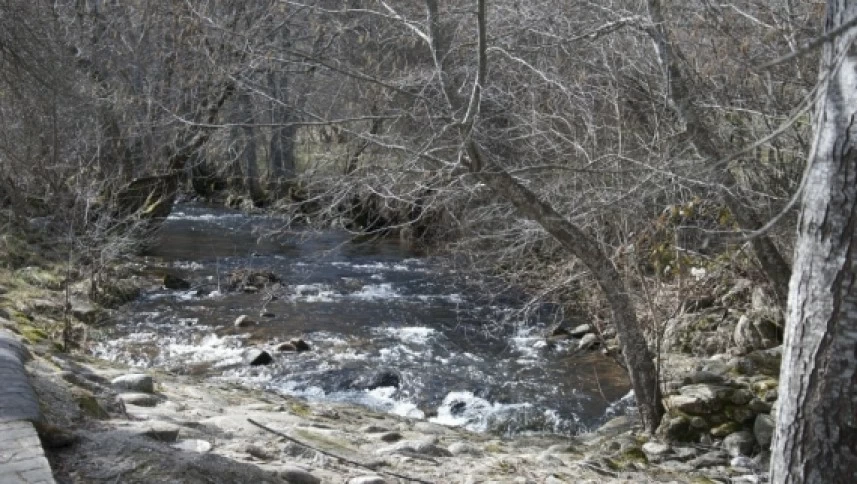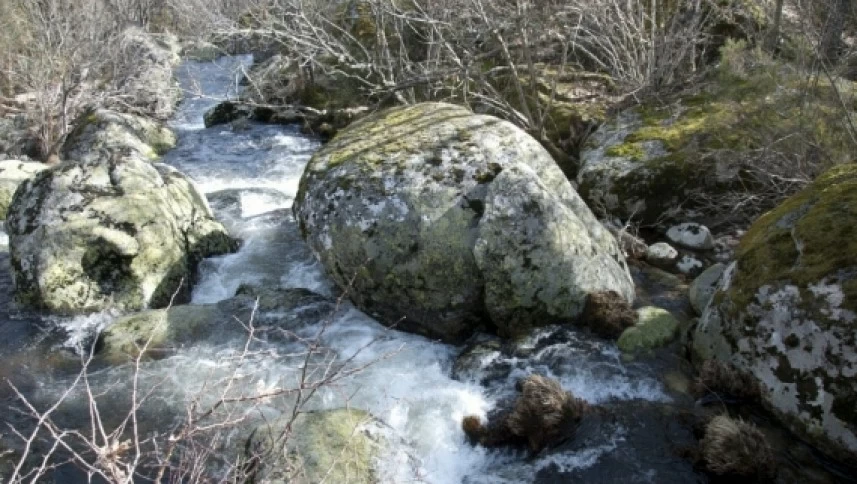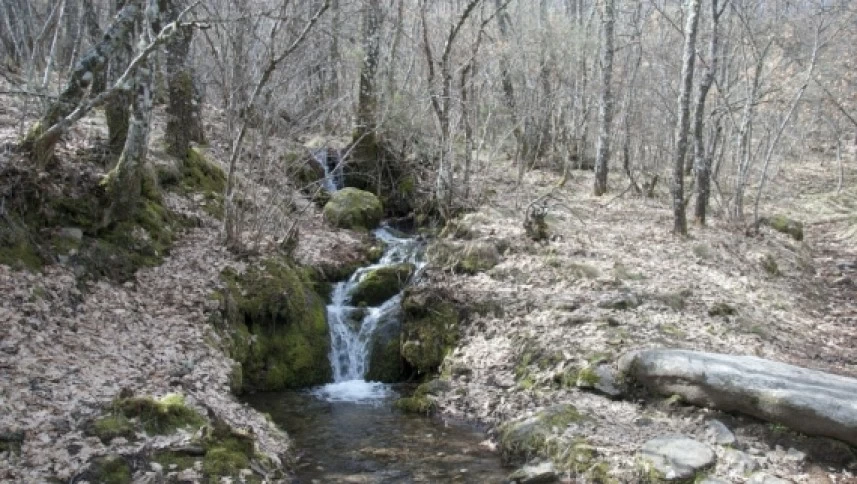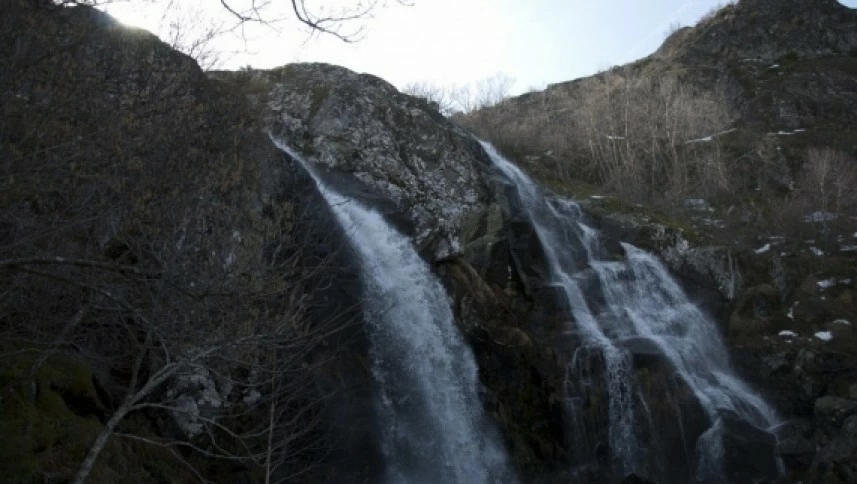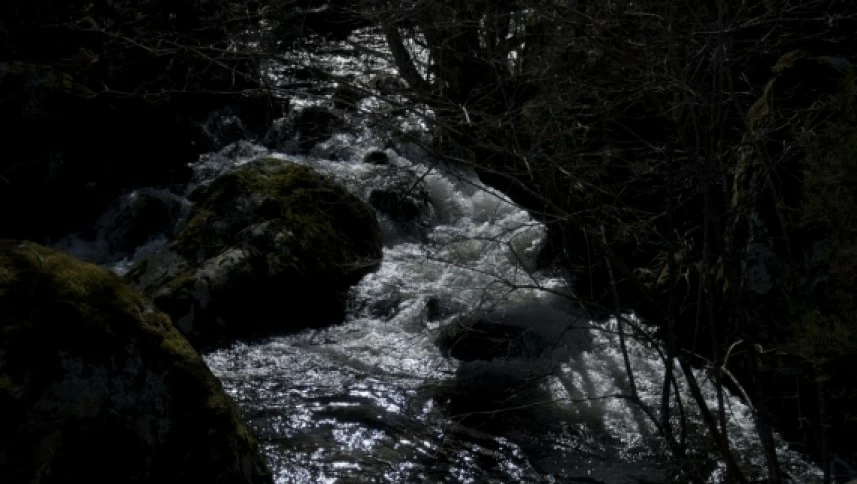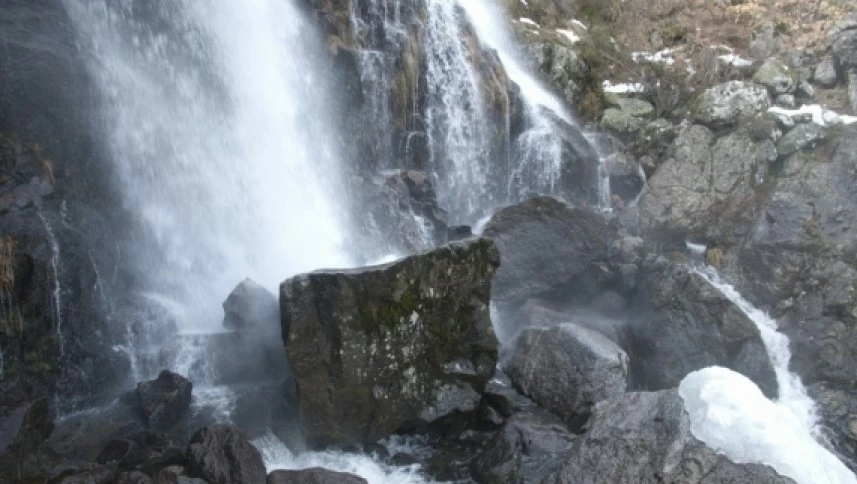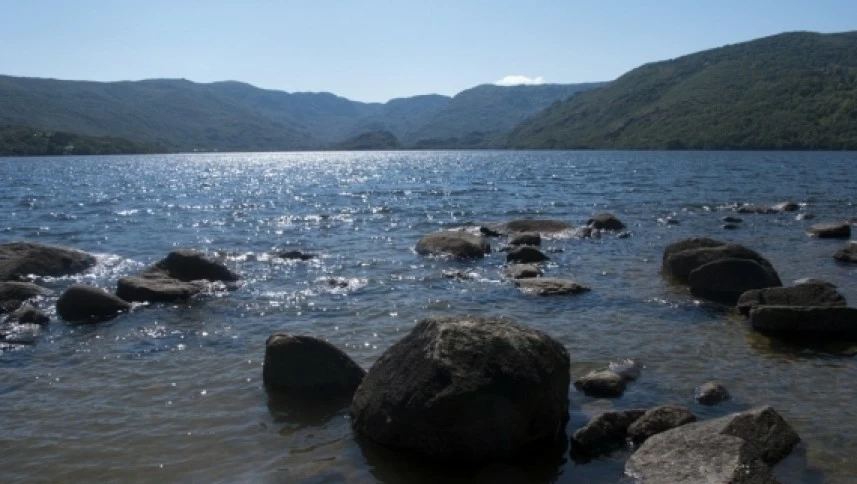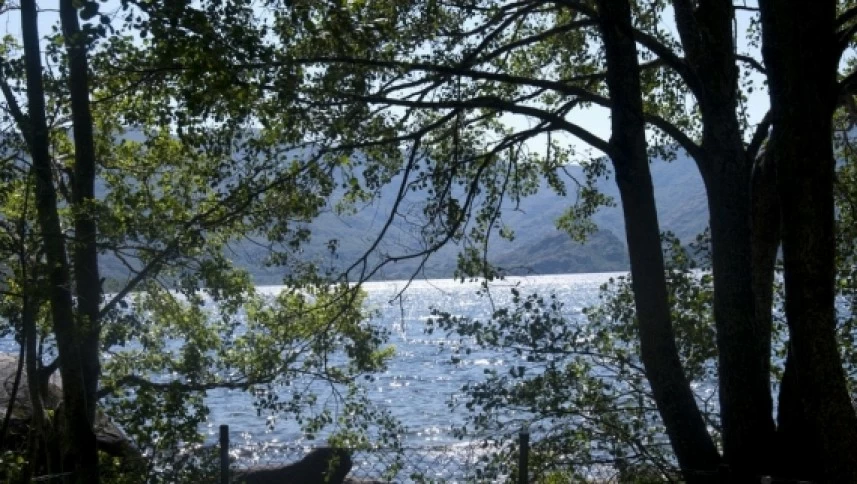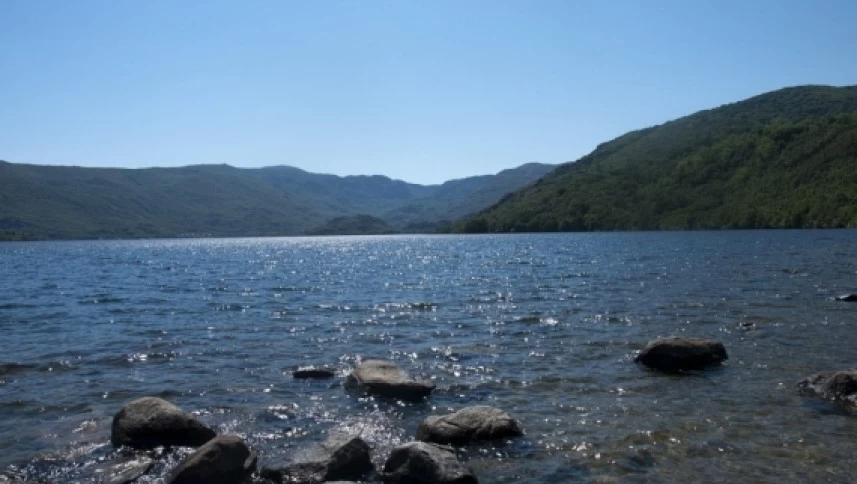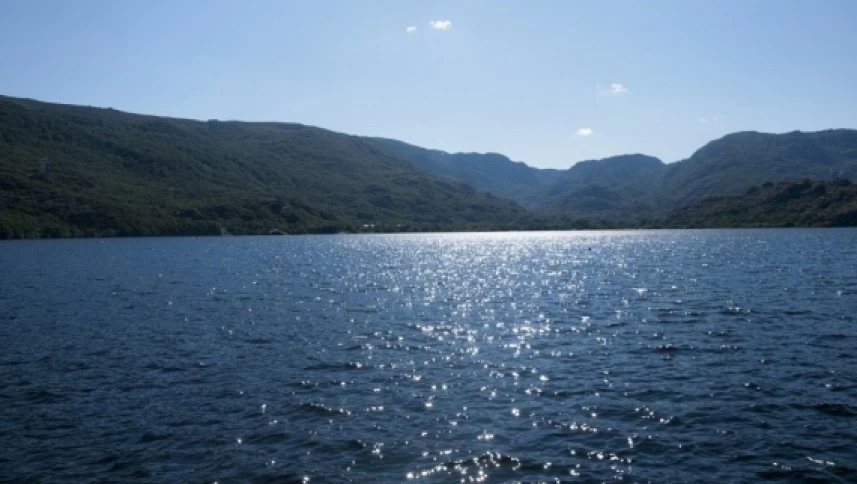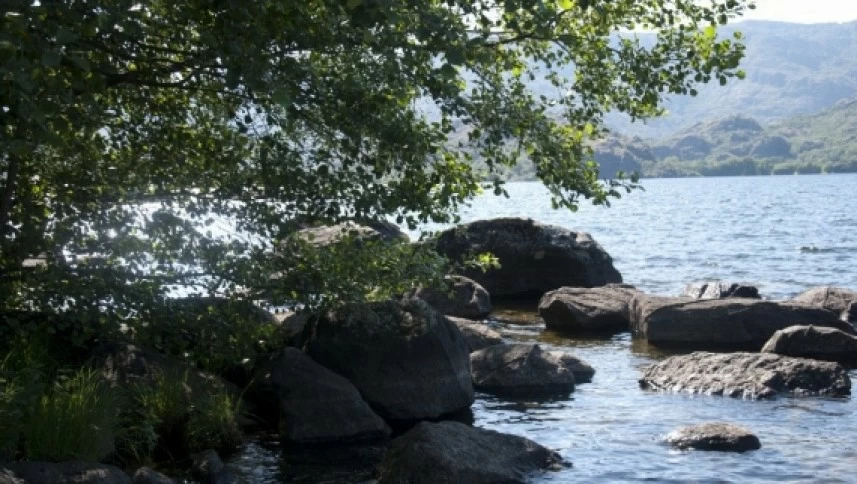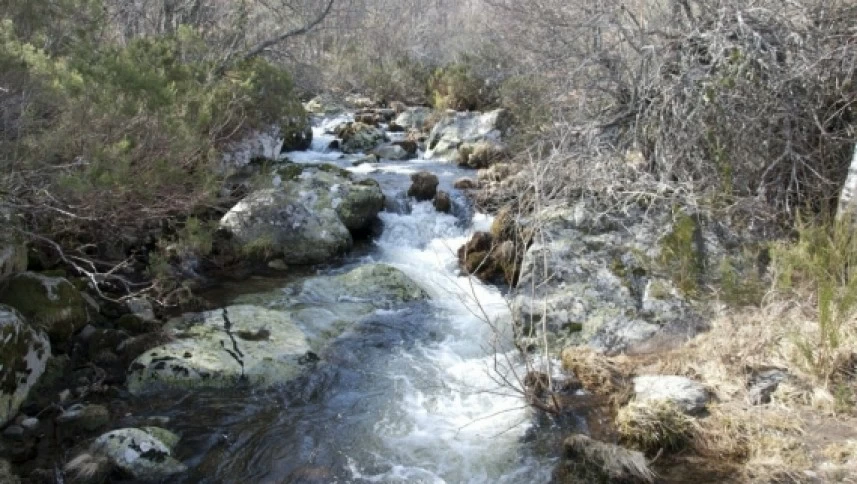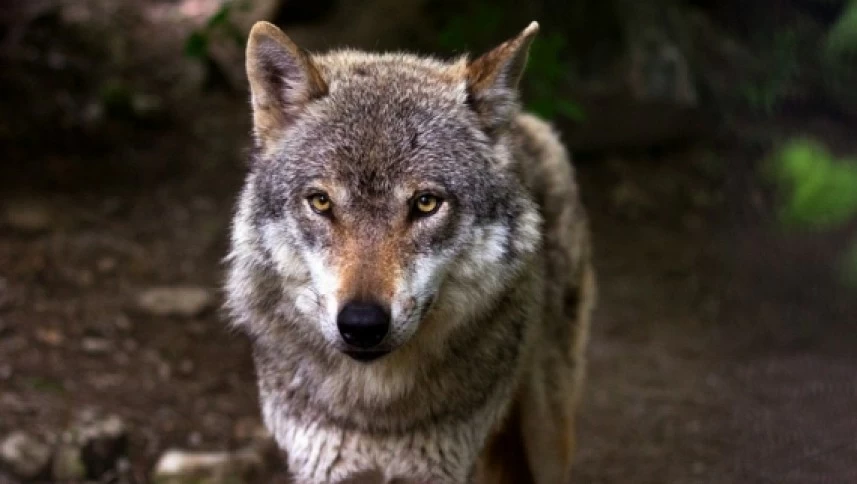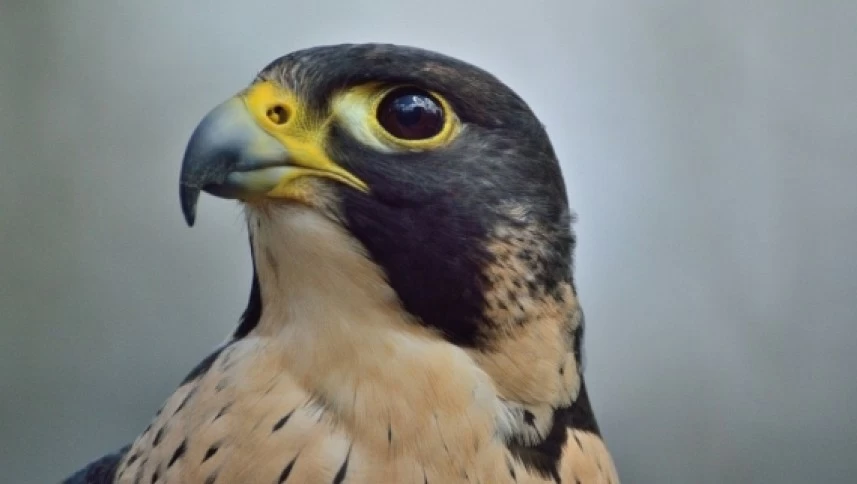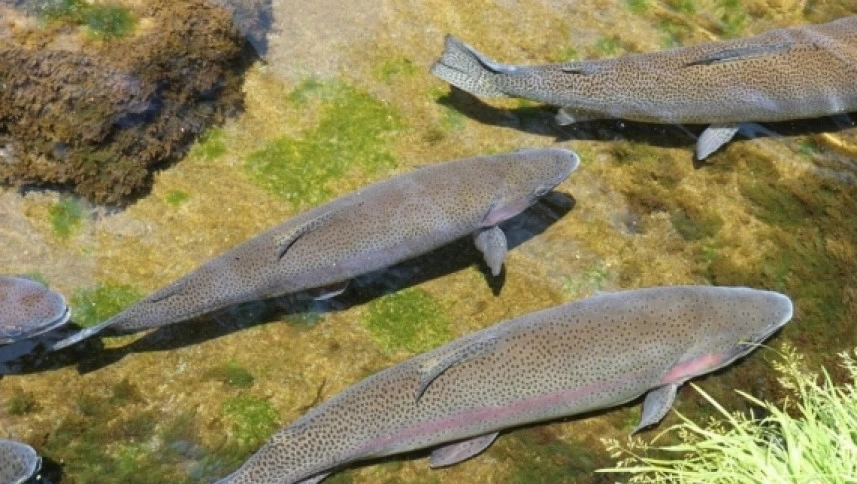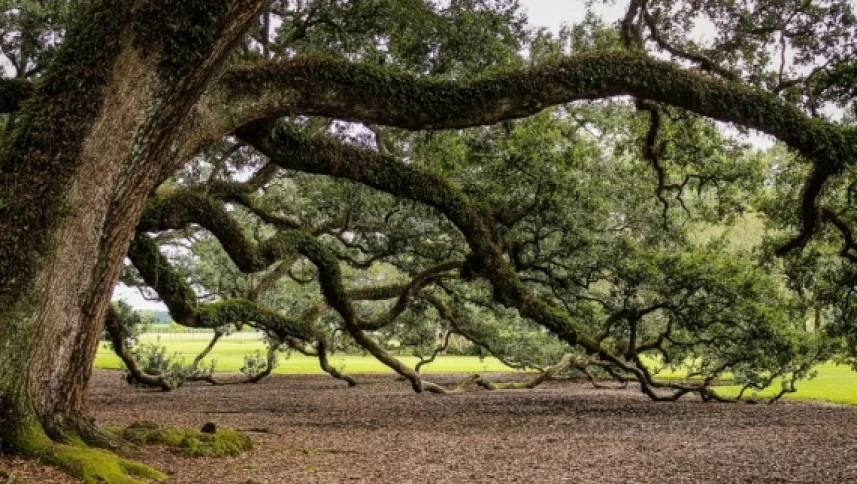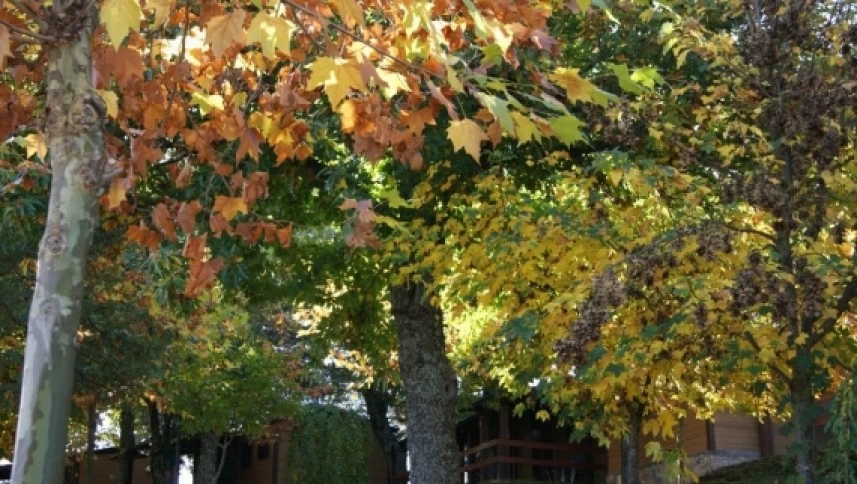Sanabria Lake
Natural Park
Lake Sanabria is the body of water that gives its name to this protected area, which is more than justified by the priceless landscapes it offers to the visitor and by its dimensions: a maximum length of 3,178 meters, a width of 1,590 meters and a surface of almost 320 hectares. If we could look at the profile, we would see that it is formed by two basins: the westernmost one reaches a depth of 40 meters, while the eastern one reaches 51 meters.
Lake Sanabria
History
The history of this region is that of a land that has been in contact with various cultures, influenced to different extents by them, but always preserving its ancestral way of being, undoubtedly due to its orographic isolation.
Among the villages of this region we highlight the following:
Puebla de Sanabria, San Martín de Castañeda, Vigo de Sanabria, El Puente, Ribadelago, Porto, Galende, Prefacio, Rábano de Sanabria, Lubián, Hermisende, Rihonor de Castilla, Calabor.
Lake Sanabria
Origins
The main attraction of the Zamora region of Sanabria is the location in its interior of a lake system of glacial origin with an undoubted ecological value.
Everything is mountain and valley, forests and meadows, rocks, lagoons and waterfalls, constituting a large and unique set, with the colorful and peculiar variant of each season.
If we want to understand the park of the present landscape we must go back a few thousand years. It was then that the powerful action of the ice modeled the abrupt and spectacular environment that we contemplate today.
Most of us think of ice as a fragile solid, since we are used to seeing it only in thin layers. But when a significant thickness of ice has accumulated on the surface of the land, the ice at the bottom behaves like a plastic material, capable of sliding down a slope, which makes it an effective agent of transport, as well as an incredible modeler of the terrain. Therefore, we could define a glacier as any natural accumulation of ice on the earth, which is or was animated by a translational movement.
During the Quaternary glaciers, in the high plains of the Segundera and Cabrera mountain ranges, an extensive ice mantle was installed, from which glacial tongues radiated in all directions, especially accommodating the preglacial river valleys.
It was, therefore, a plateau glacierism in the form of a large ice cap that covered the highest parts of the two massifs, and that possibly in the coldest periods could have been linked to the glacial cirques of the León area of La Baña. When the ice retreated, the snow was concentrated in the cirques settled at the foot of the high peaks, among which the Tera was the most outstanding, reaching an ice tongue of 20 kilometers in length. The power and morphogenetic activity of the same explains the typical trough shape of the current Tera valley, which resembles the shape of a "U", i.e., a wide, narrow bottom that contrasts with almost vertical slopes. The maximum development of the glacier was reached at the confluence of the valleys of Cárdena and Segundera, where two tongues descended, thus dramatically increasing the volume of ice where the lake of Sanabria now sits. Here, the thickness of the ice was around 500m, as can be seen following the left lateral moraine, located at about 1500m altitude. Towards the east of the lake, the volume decreased rapidly, although still reaching considerable dimensions, close to 150 m thick. The pressure that this solid mass exerted on the rocky substratum is evident at the very bottom of the lake, where a threshold separates two large cavities: one 46 m deep and the other 51 m deep, which must correspond to the two centers of maximum pressure.
When the glacier retreated, the transported rocky materials were deposited frontally or laterally, drawing moraine arches of complexity and aesthetics unmatched in the rest of Spain. The frontal accumulations reached a width of about 2.5 kilometers, arranged concentrically in beautiful arches, which facilitated the damming of meltwater. The lateral moraines appear as large hills, reaching up to 6 kilometers in length. Such deposits are formed mostly by stone blocks. Some of surprising size, which are between 975 and 1600m, indicating a complex functioning of the glacial stages, as well as the accumulation processes.
Although the Sanabria Lake is the maximum expression of the modeling effect that the ice had in this area, it is not the only one perceptible to the eyes of the visitor. Thus, there are numerous lagoons distributed mainly in the high lands of Segundera and Cabrera, the result of its incisive action. We can also see numerous moraine remains scattered throughout the valleys and peaks, although in most cases they are difficult to perceive.
Sanabria Lake
The Force of Ice
The southern foothills of the Cabrera and Segundera mountain ranges have about thirty glacial lakes, some of them of extraordinary grandeur, which are part of the Sanabria Lake Natural Park. Located in places of difficult access, they have remained almost immune to alteration by the hand of man.
Lake Sanabria is the body of water that gives its name to this protected area, which is more than justified by the priceless landscapes it offers visitors and by its dimensions: a maximum length of 3,178 meters, a width of 1,590 and an area of almost 320 hectares. If we could look at the profile, we would see that it is formed by two basins: the westernmost one reaches a depth of 40 meters, while the eastern one reaches 51 meters.
Sanabria Lake
The Glacier Footprint
The environment of Lake Sanabria is surrounded by the presence of 1500 plant species, the result of the encounter between Mediterranean and Atlantic flora. More than 140 species of birds, with an abundance of birds of prey, share a sky from which to contemplate a rocky landscape that preserves intact the traces of the last glaciers.
Sanabria Lake
Fauna
A natural space as marked by water as Sanabria is home to a good number of animal species linked to this environment. Among them, several types of fish find their habitat in the lake, lagoons, rivers and crystal clear streams that meander down from the mountains. The presence of trout stands out, as appreciated for sport fishing as it is exquisite on the plate.
This Natural Park is home to 142 species of birds, including diurnal birds of prey such as the golden eagle, the bee-eating hawk, the peregrine falcon, the common buzzard, the common kestrel and the eagle owl, along with birds such as the red-backed shrike, the black-bellied bunting, the bristle-breasted woodpecker, the grey partridge, locally known as the 'charela'. Among the oak forests, the common bullfinch, robin, jay, hoopoe... can be seen.
Along with the trout, which in Lake Sanabria can reach considerable dimensions and its flesh acquires a pinkish hue reminiscent of salmon, the waters are shared by the bermejuela, the chub or the barbel. As for mammals, 41 species are present: the elusive Pyrenean desman, several larger mammals: roe deer, wild boar and wild cat.
Sanabria Lake
Flora
The 22,000 hectares of the Sanabria Lake Natural Park offer a unique environment for nature lovers, with a specific flora of great richness, with more than 1,500 species. Above this botanical diversity, the oak tree emerges in all its splendour, with groups of trees overlooking the lake until they almost kiss its crystalline waters.
The oak, or 'Quercus pyrenaica', adapted to the cold and capable of withstanding long periods without water, abounds in the Tera basin and on the slopes of the Sierra de Segundera. In this corner of Zamora, it is known as 'carballo' and has been an important part of the domestic economy of Sanabria since ancient times, providing its inhabitants with a solid structure for their houses and firewood for their homes. In addition to the oak, the great lord of these lands, bushes such as the hiniesta, the heather or the piorno take over the forest.
The chestnut tree is also a representative species of the park, although it is very scattered. In the upper and middle reaches of the Tera there is holly. Yew trees, many of which are hundreds of years old, can also be found in ravines and on slopes, mixed with oak trees. On the banks of the Tera and on the banks of rivers and ravines there are alders, ashes and willows, while all over the Park you can see rowan, mountain cherry, hazel and birch.
Of all the forests in the province, "El Tejedelo" stands out, in Requejo, in the Sanabria region, one of the most important and best preserved yew forests in the Iberian Peninsula.

